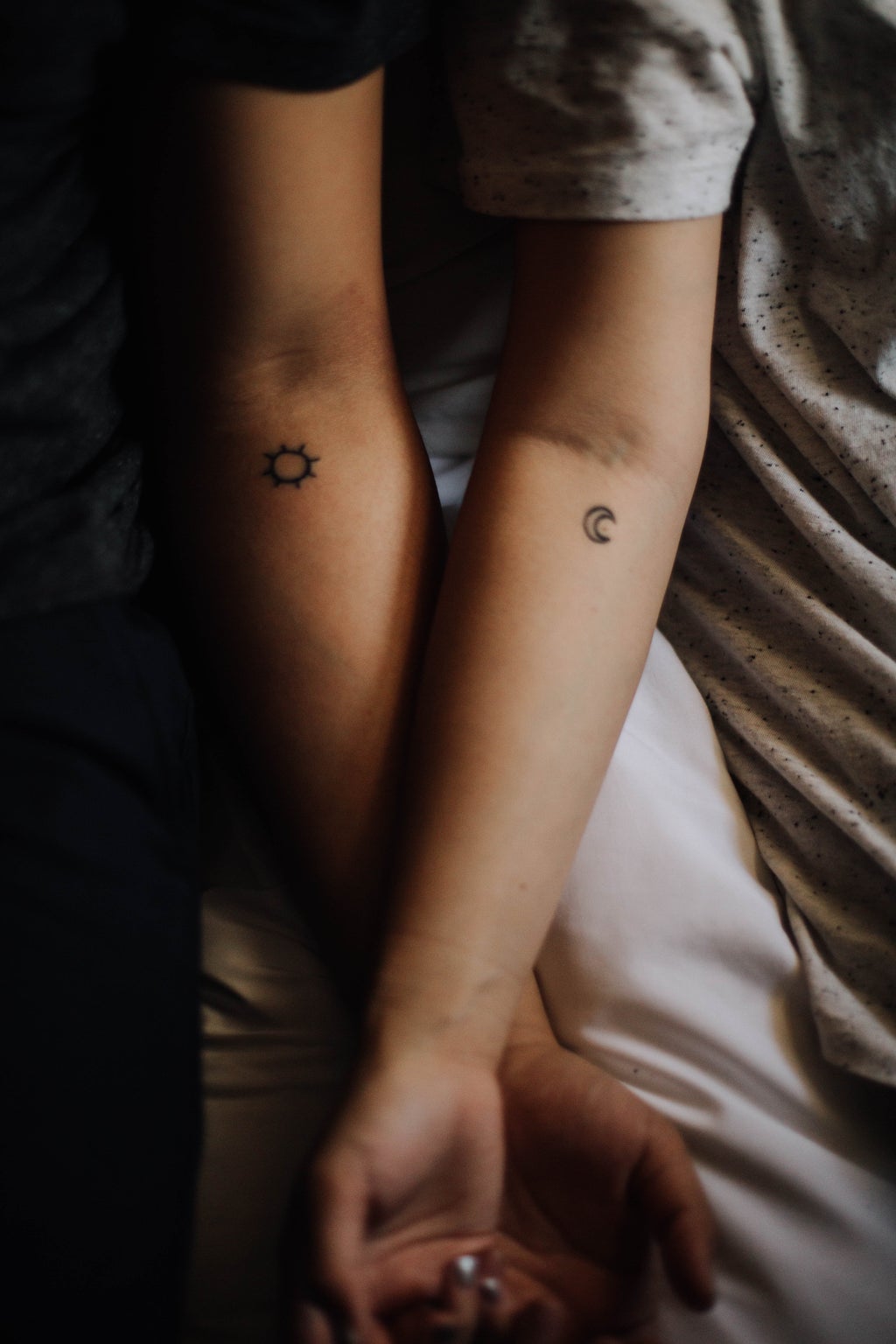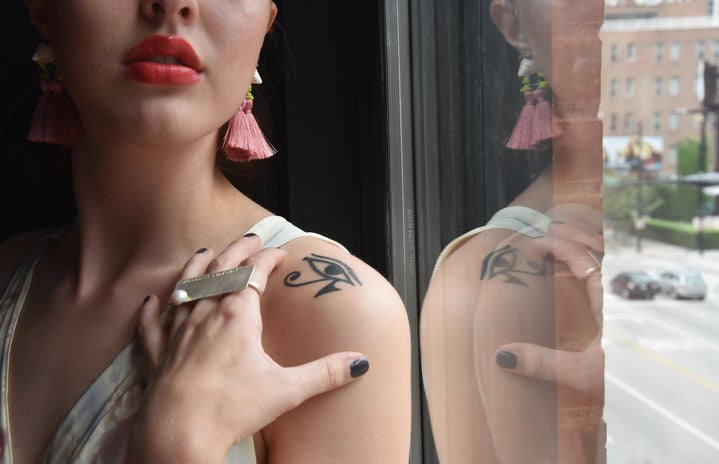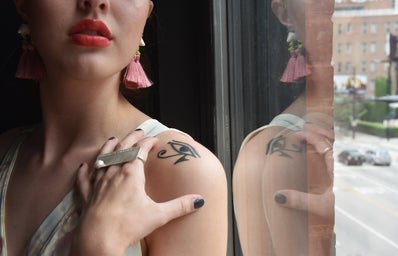So you’ve got some new ink, now what? A tattoo is essentially an open wound and needs to be treated as such during the healing process. It’s tedious, time-consuming, and requires a lot of patience. How you care for your healing tattoo can determine how the tattoo looks for the rest of time. Sun exposure, picking scabs, and infection can all contribute to an altered final appearance of a tattoo.

As soon as the tattoo is finished and wiped for the last time, the tattoo artist will either put a bandage over it or Saniderm, which is a clear adhesive bandage that keeps germs out and reduces irritation. With normal bandages, it should be removed four to six hours after the appointment, washed, and moisturized with Aquaphor or any type of moisturizing, healing ointment. Using ointment for moisturizer should continue for about two or three days because tattoos need to be moisturized to heal but also need to begin drying out. For Saniderm, however, this adhesive can and should be left on for up to a week. I’ve generally been instructed to do three days. By then, my skin is generally feeling pretty tight from being wrapped up and the edges are beginning to pull up, so it’s time. The good thing about this method is it includes the “wet” stage of healing, using the body’s own natural antibodies in the bandage to keep the tattoo “wet” but also allowing it to stay moisturized for healing.
After these first few days, the tattoo transfers over to the “dry” healing stage. This is the part where tattoos begin to crack, peel, and flake. They’re also ridiculously itchy. The ointment should be swapped out for regular, fragrance-free lotion to allow for moisturization without the suffocation of the healing process. Wounds need oxygen to breathe and to allow for the scabs to properly dry out and slough off; too much moisturization from ointment would not allow for the scabs to dry out. Although your tattoo and the skin around it will feel tight and itchy, it is very, very important not to pick at or scratch your tattoo. Those scabs are holding ink inside if your skin, and if they are prematurely ripped off, it will negatively affect the saturation of your tattoo. When I got the lettering on the side of my forearm done, I accidentally rested my elbow on the armrest in my car, which was enough friction to remove those scabs. A year later and fully healed, the words closer to my elbow are noticeably lighter than the rest of the tattoo. Not illegible, but definitely in need of a touchup due to something I did to the tattoo. However, if spots of your tattoo heal lighter than the rest, and it’s not because of anything you did, artists will often offer a free touchup within a certain amount of time after your appointment.
Once all the scabs have fallen off naturally, congrats, the top layer of your new tattoo is healed. In terms of tattoo healing, the tattoo is “healed” by this point. It’s no longer a scabbed over the open wound on your body. There should be no more pain, irritation, or itchiness at this point. The deeper layers of skin take a few more weeks to months to fully heal and care should still be given to the tattoo for a while. Direct sun exposure fades tattoos and damages the skin, so if keeping the tattoo covered from the sun is not an option, make sure you wear sunscreen to keep the tattoo looking fresh for as long as possible.


